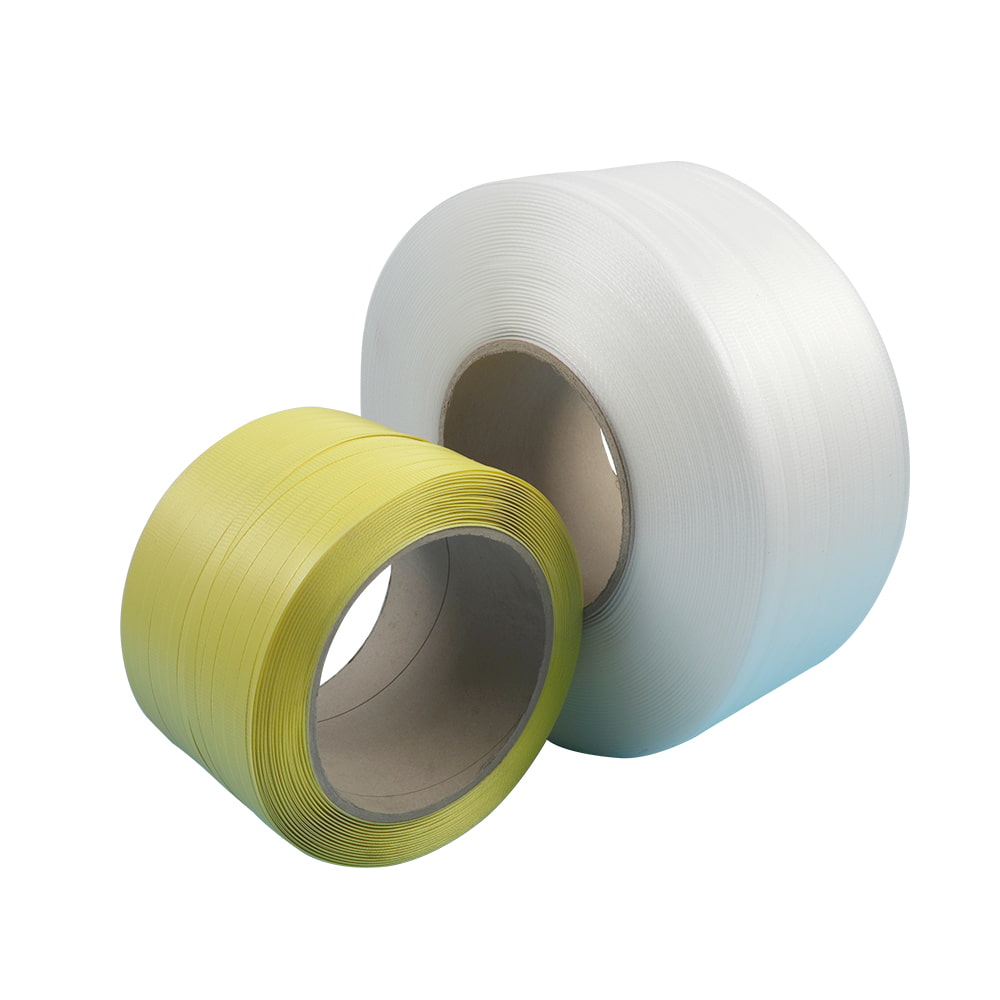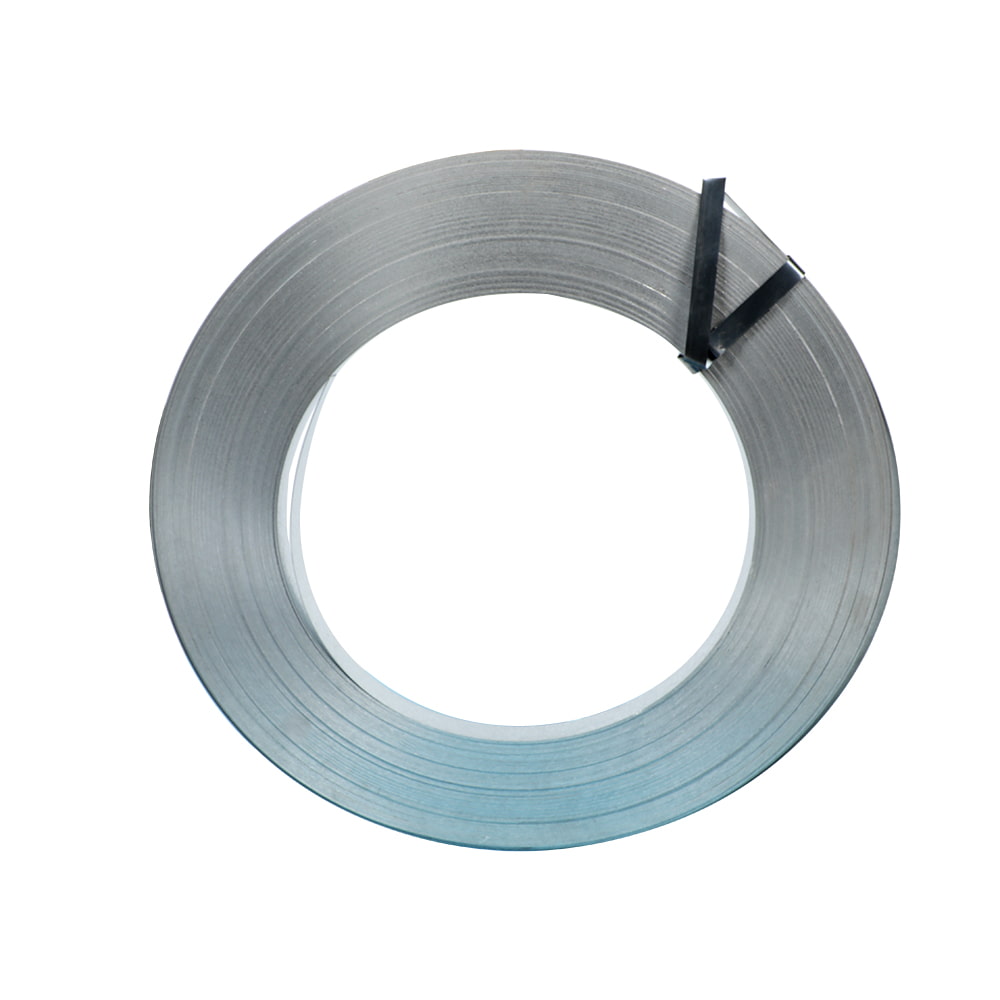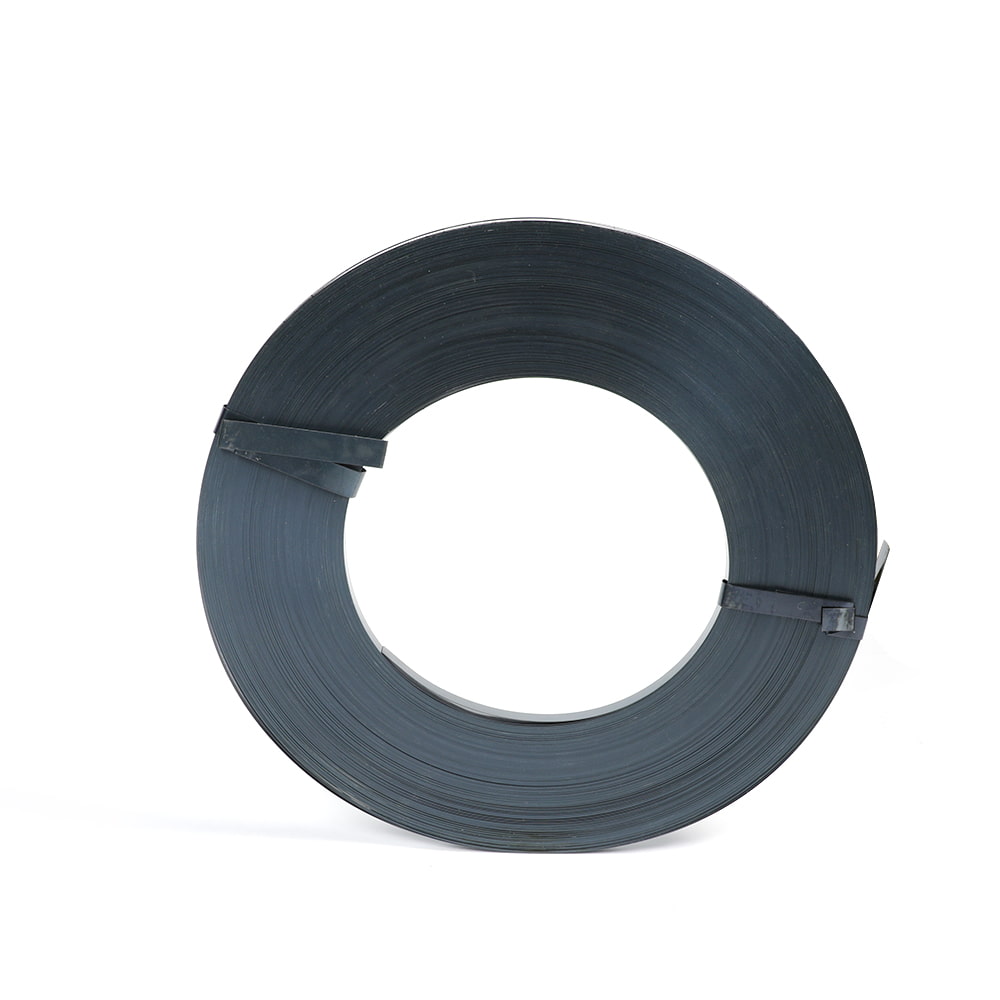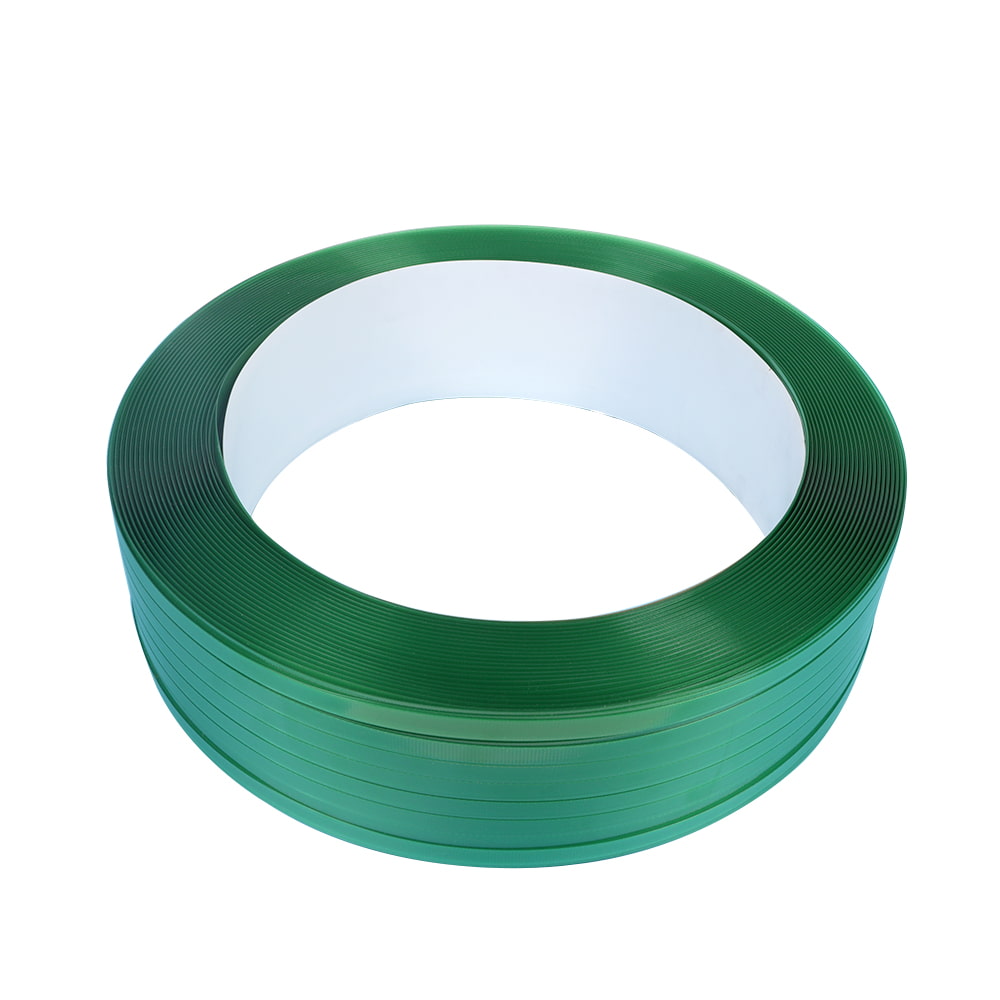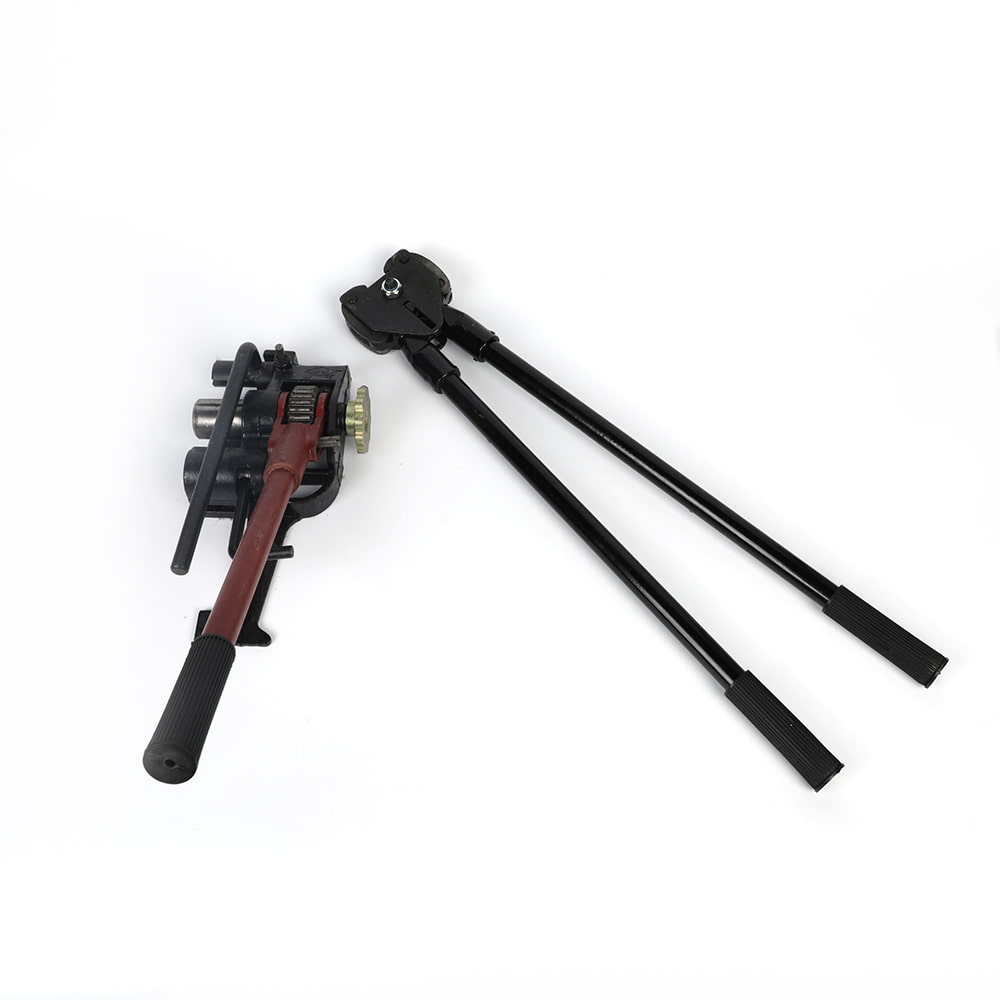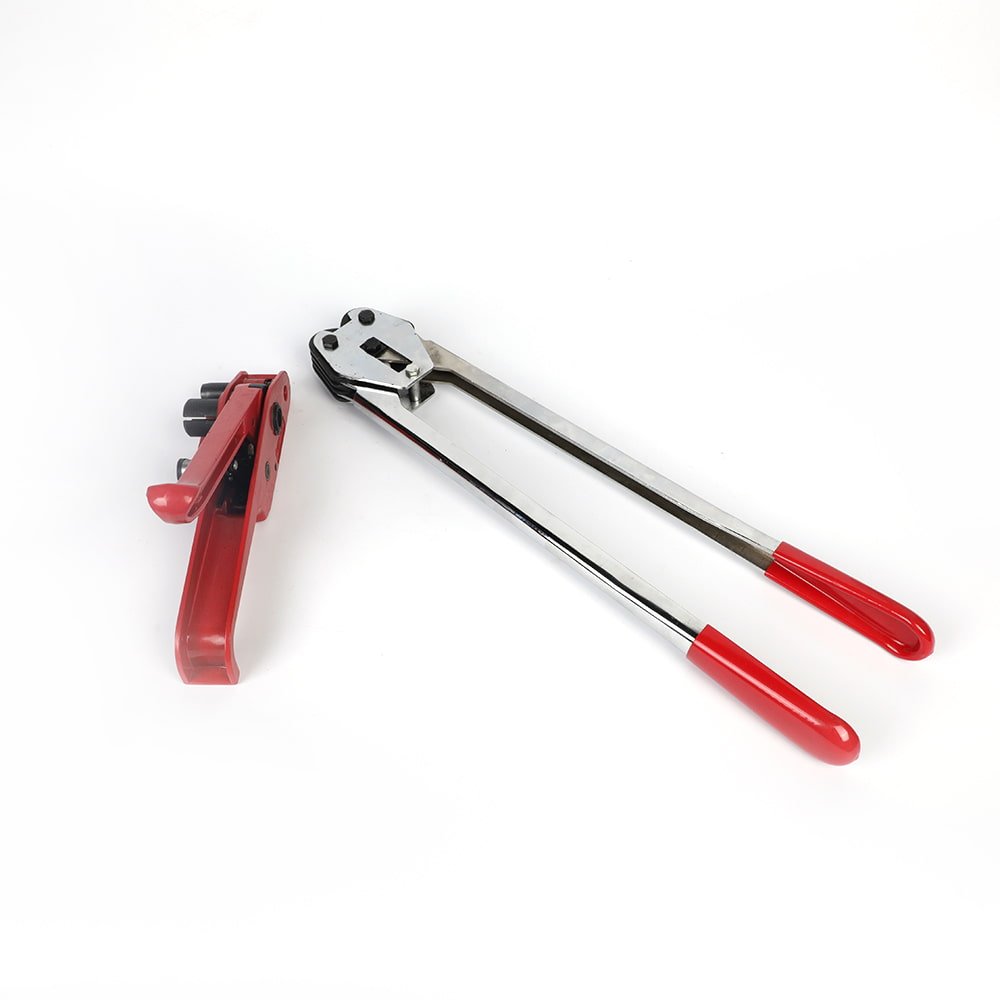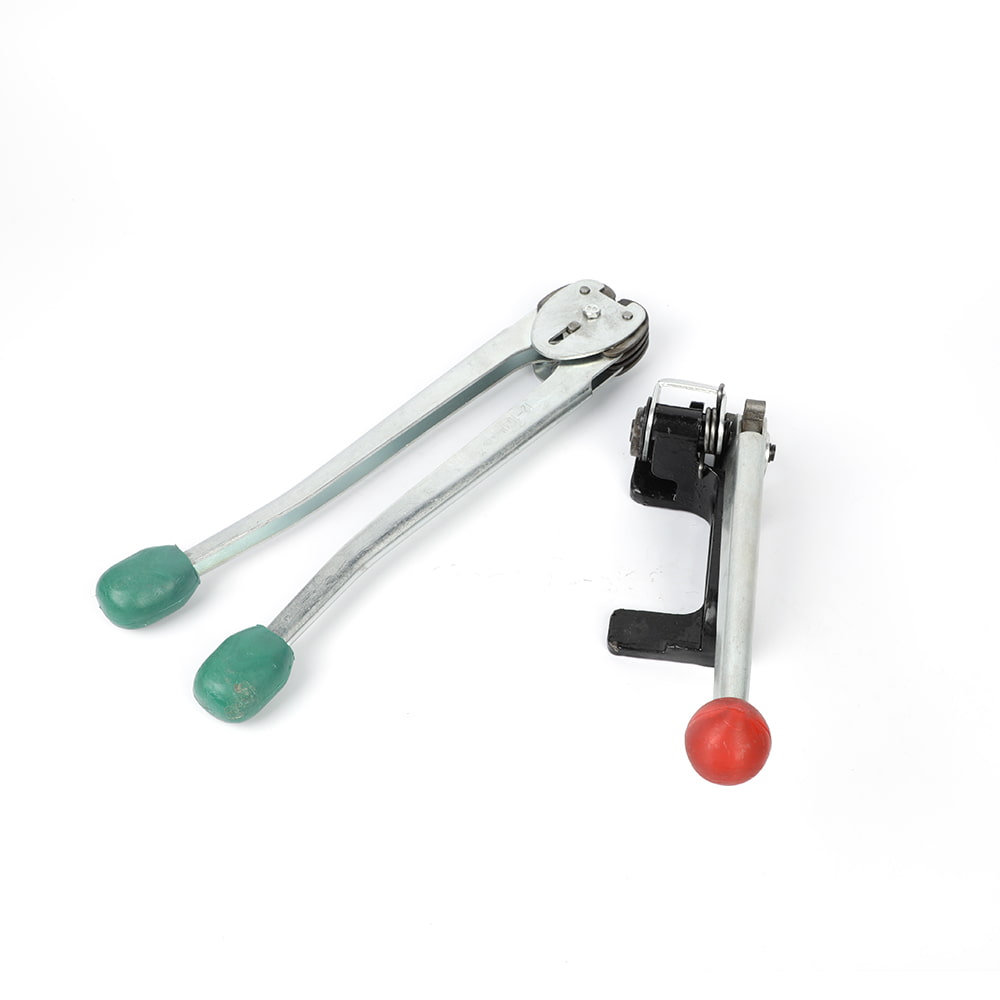What are some common mistakes when using stretch film packaging?
Stretch film is a critical material in the packaging industry, widely used to secure and protect palletized loads during storage and transportation. When applied correctly, it ensures product safety, minimizes damage, and optimizes logistics efficiency. However, several common errors can compromise its effectiveness.
1. Choosing the Wrong Type of Stretch Film
A fundamental error is selecting an inappropriate stretch film for the application. Stretch films vary in material composition (e.g., LLDPE, VLDPE), gauge (thickness), and pre-stretch capabilities. Using a film that is too light for a heavy, sharp-edged load can lead to film breaks and insufficient containment force. Conversely, using an excessively thick film for a light load is an unnecessary cost. It is essential to match the film's specifications—such as puncture resistance, elongation, and cling—to the load's weight, shape, and stability requirements.
2. Incorrect Film Gauge (Thickness)
The gauge of the stretch film is often misselected. A film that is too thin may not provide the necessary strength to hold a load together, increasing the risk of tearing. A film that is too thick wastes material and money. It is crucial to perform a load stability assessment to determine the optimal gauge, considering factors like load weight and environmental conditions during transit.
3. Improper Pre-Stretch Settings
For machine-applied stretch film, incorrect pre-stretch settings are a prevalent issue. Pre-stretching elongates the film before application, which improves performance and reduces film usage. Setting the pre-stretch ratio too high can overstress the film, reducing its elasticity and leading to breaks. Setting it too low wastes film and fails to activate its full cling and strength potential. Operators should calibrate equipment according to the film manufacturer's specifications for the specific film type being used.
4. Inadequate Load Stabilization
A common mistake is wrapping an unstable load. Stretch film is designed to contain a load, not to act as a primary stabilizer for poorly stacked items. If a pallet is improperly built with uneven weight distribution or overhang, the film will not prevent shifting or tipping. The base load must be stable and unitized before the wrapping process begins. Using load stabilizers like slip sheets or edge boards is often necessary.
5. Poor Hand-Wrapping Technique
In manual applications, technique significantly impacts performance. Common errors include inconsistent tension, uneven overlap, and insufficient film layers. Inadequate tension fails to create the necessary containment force, while too much tension can break the film or crush the load. A recommended overlap of 50% between film layers ensures uniform coverage. Furthermore, critical areas like the top and bottom of the load often require more layers (e.g., a "lock-down" pattern) to prevent film pull-away.
6. Neglecting the Film Wrapping Pattern
The pattern in which the film is applied is crucial. Simply circling the pallet at random heights does not provide optimal security. For machine wrapping, the pattern should be programmed to ensure consistent upward or downward spirals with appropriate overlap. For difficult loads, a spiral pattern combined with diagonal passes may be necessary. The goal is to create a unified package where the force is distributed evenly.
7. Failing to Secure the Film End Properly
An improperly secured film tail can cause the entire wrap to unravel. The end of the stretch film must be effectively tucked or locked using the film's cling properties. In mechanical wrapping, the cut-off mechanism should cleanly sever the film and press it against the load. For hand wrapping, the final end should be tucked securely under a previous layer where the cling will hold it.
Avoiding these common errors requires a methodical approach to selecting and applying stretch film. Proper training for personnel, regular maintenance of wrapping equipment, and a clear understanding of the load's requirements are essential. By addressing these key areas, businesses can significantly enhance load safety, reduce material waste, and achieve greater operational efficiency.

 EN
EN 
 English
English 中文简体
中文简体


